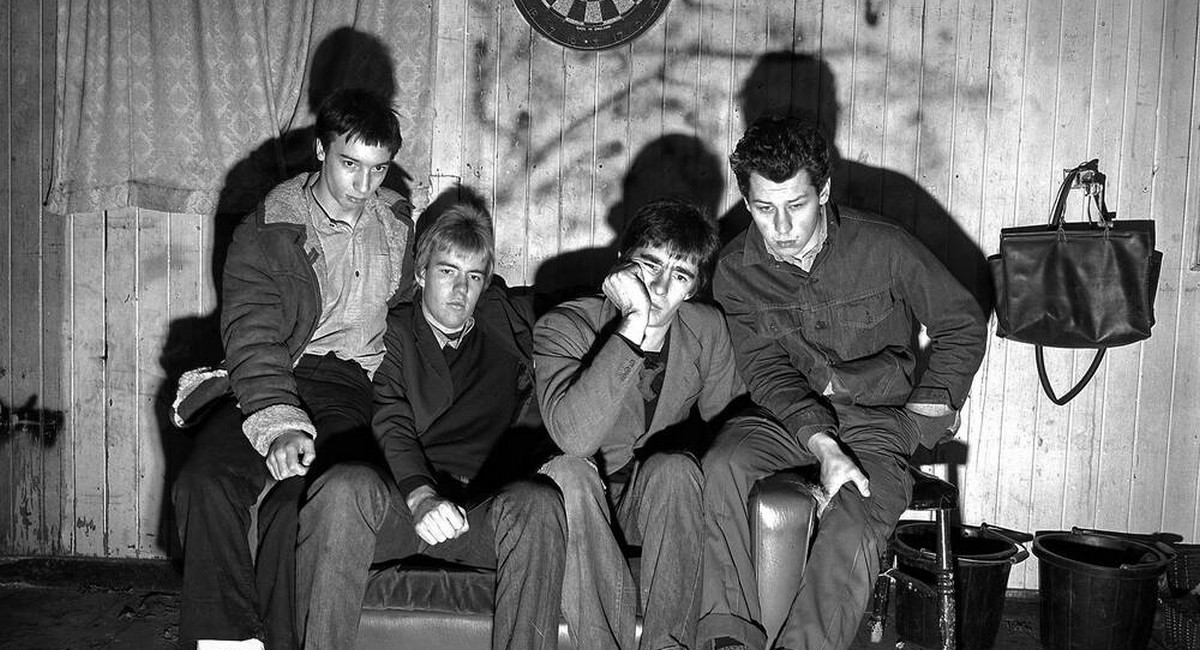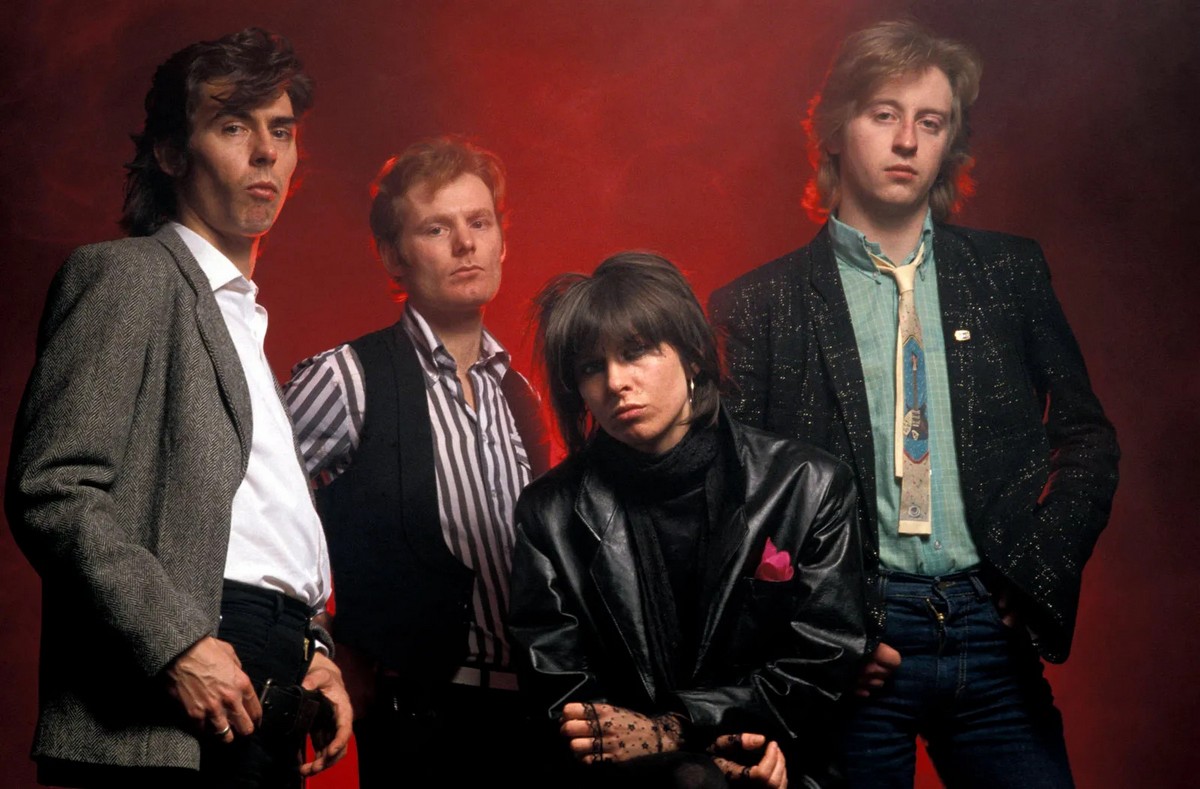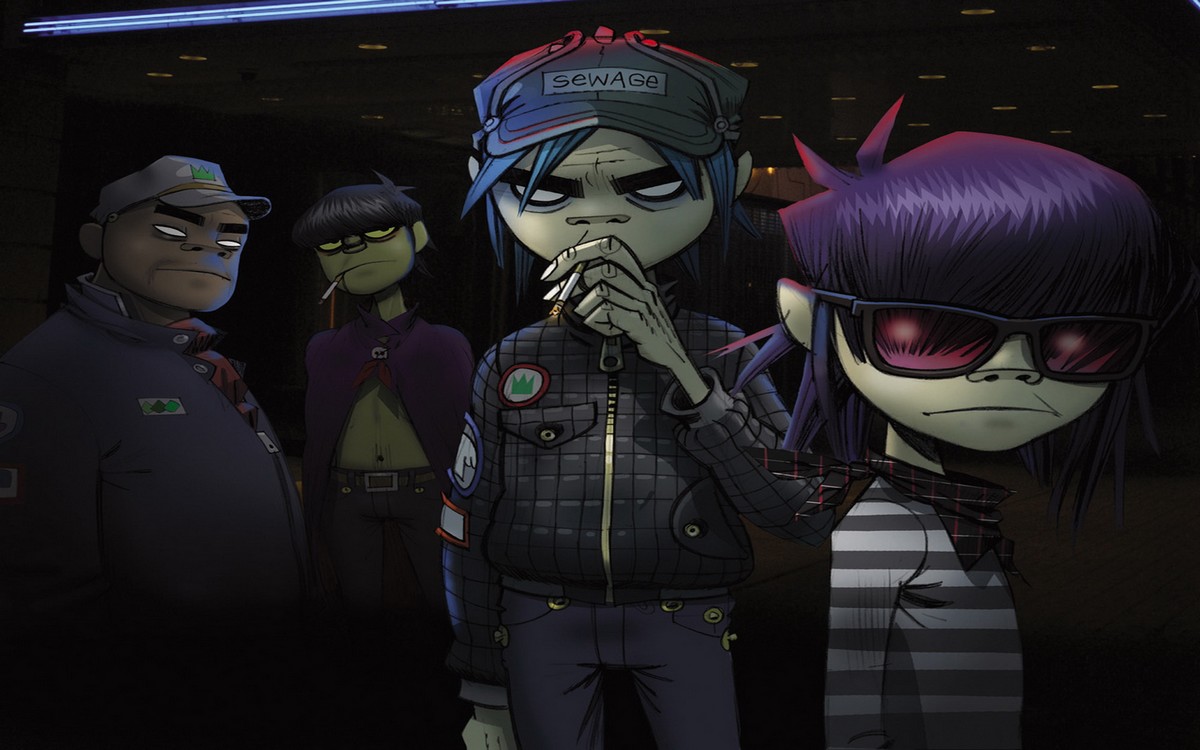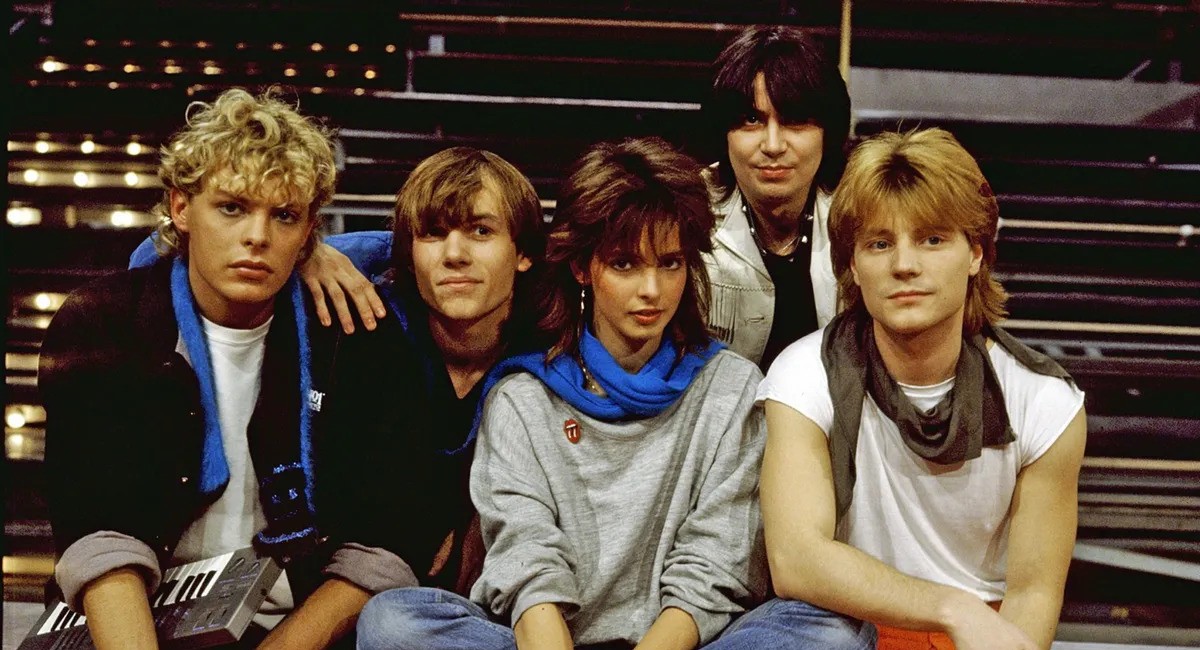The blaze of an era
In the furnace of French rock, Tostaky, the flagship track from the 1992 album of the same name, is a pure explosion, a primal scream that shakes the foundations of the Hexagon. Noir Désir (Bertrand Cantat, Serge Teyssot-Gay, Jean-Paul Roy, and Denis Barthe) are not just playing rock: they embody it, knead it, and transform it into a raw, incandescent material, almost shamanic. With Tostaky, they deliver a manifesto, a call to “hold fast” (“Tostaky” standing for “Todo Está Aquí,” everything is here, in Spanish, a nod to their Latin influences and a transformative South American tour). This track is the tipping point, where Noir Désir ascends from promising band to undisputed legend.
From the opening seconds, Tostaky grabs you by the throat. Denis Barthe’s martial, relentless drums set a warlike rhythm, like a heart pounding under adrenaline. Then comes Serge Teyssot-Gay’s guitar, sharp and nervy, slicing through the air with surgical precision. Word has it that during the London recording sessions with producer Ted Niceley, Serge spent hours sculpting those riffs, chasing the note that would send shivers down the spine. And when Bertrand Cantat’s voice enters, it’s a tidal wave: raw, possessed, carrying cryptic, almost prophetic lyrics that blend rage, urgency, and a quest for the absolute. “Everything is here, everything is here, inside us,” he chants, like a punk guru urging visceral introspection. A juicy anecdote: Cantat supposedly penned these lines in a trance-like state after a sleepless night in Buenos Aires, inspired by the city’s pulsating streets and echoes of the Movida.
What makes Tostaky a monument is its ability to transcend French rock, often criticized at the time for lacking grit. While other bands got lost in FM-friendly compromises, Noir Désir goes straight for the jugular: raw energy, disarming sincerity, and a blend of punk, grunge, and literary influences (you can feel the shadows of Baudelaire and Rimbaud in Cantat’s writing). The Tostaky album, recorded in the wake of a grueling South American tour that pushed the band to the brink, captures that intensity. A persistent rumor claims the band, drained to the core, channeled their exhaustion into creative fury, turning frustration into a record that hits like an uppercut.
With and from Tostaky onwards, Noir Désir really became Noir Désir. Not that the previous three albums weren’t Noir Désir, but on each of them, for different reasons each time, the band didn’t seem to have found itself yet. But on Tostaky everything is there, as the title – a contraction of the Spanish ‘Todo está aquí’ – sums up.
(Jean Daniel Beauvallet, Les Inrockuptibles, 1992)
Tostaky is more than a song, it’s a symbol. It establishes Noir Désir as the standard-bearer for a generation that rejects compromise, screaming its defiance against a world losing meaning. With its haunting chorus and riffs that burrow into your cortex, the track turned the band’s concerts into pagan masses, where possessed audiences sang this anthem of resistance in unison. It also marked a commercial turning point: the album sold over 300,000 copies, a feat for such an uncompromising work. This fusion of fury and poetry is what cemented Noir Désir’s legend, laying the groundwork for an enduring legacy that would inspire generations of bands, from Louise Attaque to Saez.
In 2025, revisiting Tostaky is like diving into an era when rock was still a weapon, a cry, a promise. It’s a chance to rediscover a band that, despite the turmoil and tragedies that followed, captured the essence of eternal rebellion. Tostaky isn’t just listened to. It’s lived, shouted, and tattooed on the soul. And that, my friends, is the mark of giants.





